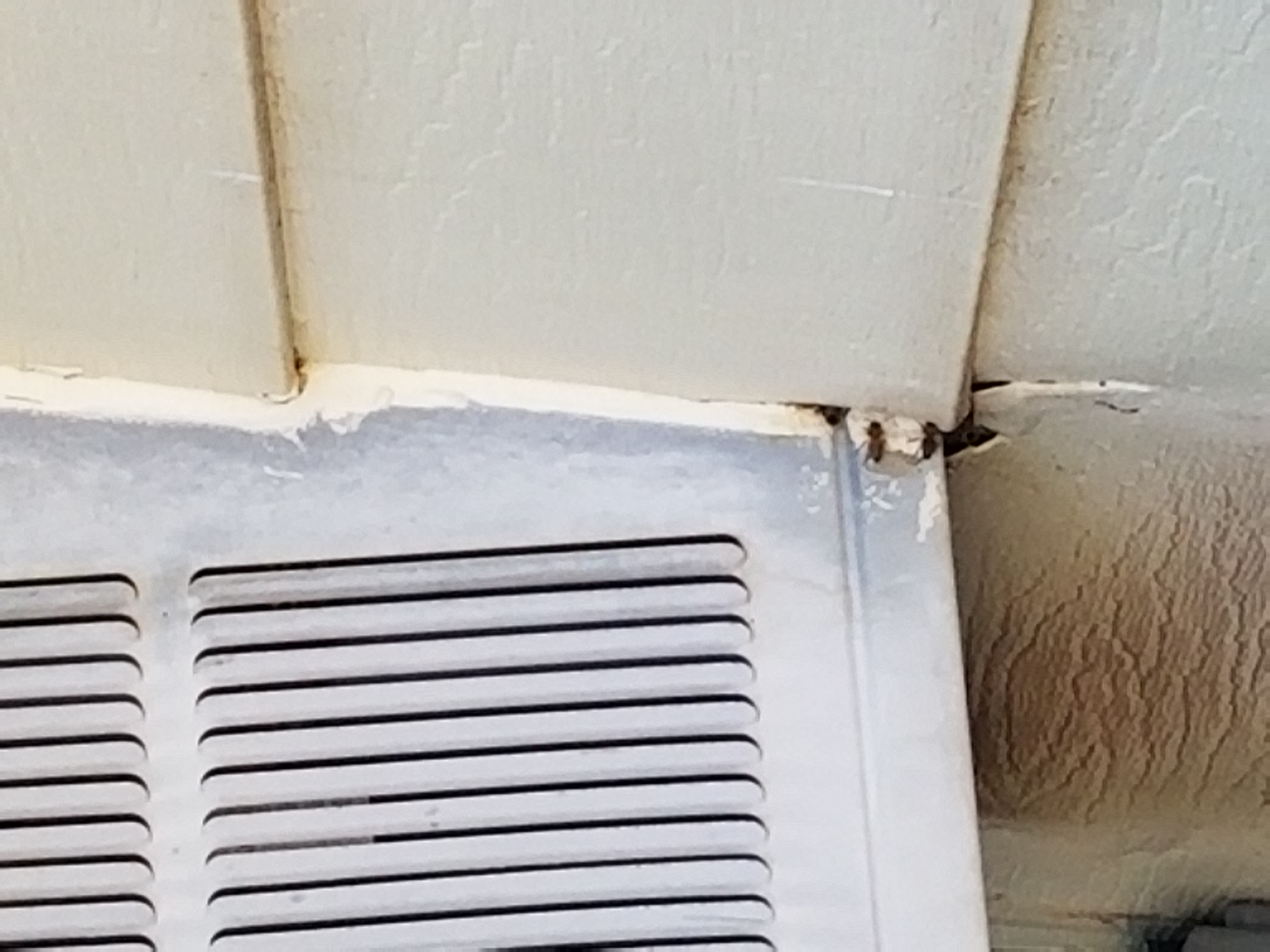Home Repair and Honeybees
We all have memorable stories from our Rebuilding Together projects that we love to tell to our friends and family. “Remember when we were clearing out the back yard and found the camper among the grown up weeds, vines and trees?” Or “remember that year the exterior wall fell off the side of the house?” You know, the memorable stories you share over and over that are so hard to believe. Rebuilding Together Warner Robins has another to add to the books.
This story began in the winter of 2019…
Upon initial inspection of a home we were repairing, we determined the needs, prioritized the work scope and created a budget. Following protocols for Community Development Block Grants (CDBG) funding we proceeded with all grant reporting requirements for the age of the home (1952): Environmental Screening, Lead Based Paint Testing, and Historical Preservation determination from the State of Georgia. The State of Georgia Historical Preservation Department had some questions on the windows and requested additional documentation.
Anyone from Georgia knows the weather in our state is unpredictable. It can be freezing cold on Sunday, springtime on Wednesday, a heat wave by Friday and back to winter on Sunday. On picture day it was a nice, beautiful spring day.

As I was gathering the pictures, I noticed bees flying around my head. The bees were going in and out of the window AC unit. I thought, “well, that’s not a good sign.” I’m not an expert on bees, so I contacted our local exterminator for assistance with determining the type of bees and possible solutions for the issue. They shared with me they were honeybees and therefore should not be exterminated. Honeybees are a vital player in our food chain, so saving them is crucially important. I set out to find a solution to rehome our new friends. After consulting our county extension service, we found a beekeeper to assess our dilemma. Not ever having dealt with bees before, there were many lessons to be learned:
Lesson 1: Beekeepers can easily determine where and how many bees are in a location. They have a special instrument (similar to a radar gun) that points to the wall and locates the hive. Simple enough!
Lesson 2: Honeybees are not pleased about being removed from their new home. The beekeeper sectioned off a portion of the room, cut a hole in the wall and began his magic to collect the bees. Needless to say, we all steered clear of the house for several days as the bees were not happy campers during this process.
Lesson 3: Only ask how many bees were in the hive if you are sitting down. We expected maybe a few hundred or possibly a couple of thousand. Oh no, that’s not even close. The beekeeper estimated there were between 30,000 to 40,000 bees in the hive. You can imagine our surprise.

“OMG” does not begin to cover all the questions that came to mind after learning there were that many bees in the wall.
- What are we going to do with that many bees? That was easy: donate them to the beekeeper, who has a proper home and way to care for them.
- How much damage was created from that many bees? With as many bees as there were in the hive, the amount of honey produced was astronomical. That explained why the paneling on the wall was very thin and covered such a large area.
Overall, I’m thankful I took part in helping preserve the dwindling bee population. It felt great to do our part in helping save our precious environment as well as make sure every neighbor has a safe place to live.